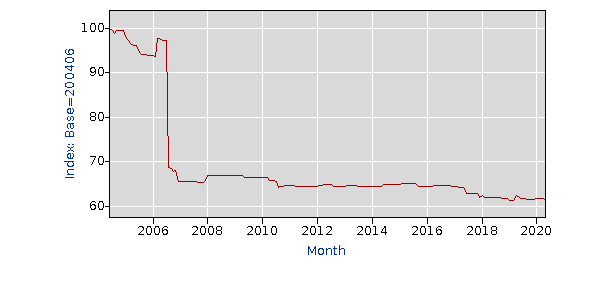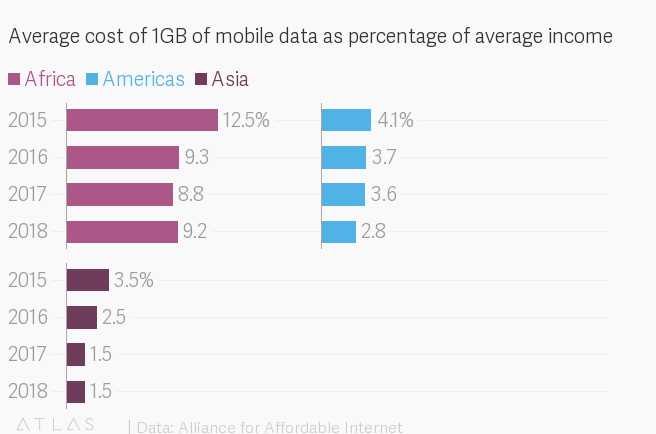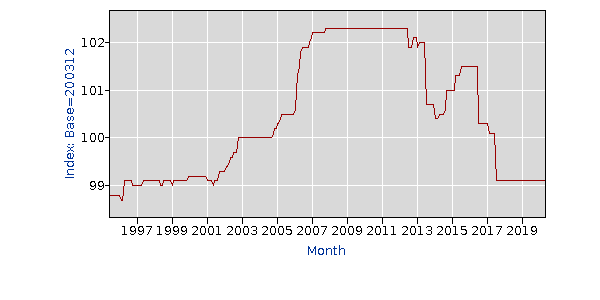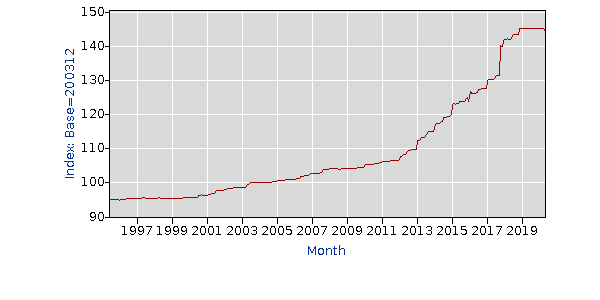As a rule, retail and wholesale prices of connectivity products tend to drop with time, much as prices for computing and storage also do. But the trend is not uniform. Prices for some products rise, even if the overall trend is for lower prices.
In the U.S. consumer market, linear video subscription prices have increased almost yearly for decades. In U.S. business markets, private line prices climbed after deregulation but then began to fall about 2012 as demand shifted to ethernet access services.
Consumers might have a sense that internet access prices have increased, but U.S. internet access prices fell between 2004 and 2020, according to the U.S. Bureau of Labor Statistics. Using 2004 prices as the benchmark, prices in 2020 were about 61.5 percent of 2004 levels, according to BLS data.

source; BLS
That same trend also operates globally, as a rule, according to the Alliance for Affordable Internet, even when looking at mobile data, which generally is more expensive than fixed network data.

By way of comparison, private line services purchased by businesses and other organizations have spiked since about 1995, but in 2020 remain just a percentage point above 1995 levels. That is likely because demand has largely shifted to ethernet-based access services.

source: BLS
Traditional local phone service prices since deregulation have risen about 45 percent, which might be surprising. What happened is that business profits, which once subsidized consumer services, substantially decreased, forcing consumer prices to reflect more of the actual cost of providing those services.
Also, a more-recent trend is that demand has steadily decreased since about 2000, so the costs of the network essentially are spread over a much-smaller base of customers. That tends to work against price decreases.

source: BLS
